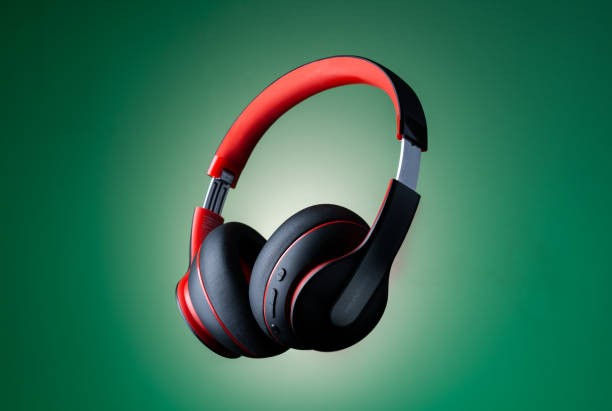Tips for Buying Outdoor Speakers
- phillipsspencer02
- Apr 27, 2022
- 2 min read

It is smart to play music at a backyard barbecue party. Here are some tips for setting up speakers in your backyard.
The first thing to consider when setting up speakers outdoors is whether your speakers are able to withstand the elements. You can use any type or speaker for temporary purposes. If you want to be sure of your safety, choose water-resistant or waterproof speakers. This is especially important if your speakers will be left outdoors for extended periods of time or you intend to set them up permanently.
You should consider how big your space is and the speaker wattage rating. Outdoor spaces need more Best Party Speakers than indoor spaces. The sound will be dissipated in open areas much faster than it will in enclosed spaces. It is important to look at the RMS wattage when determining the speaker wattage rating. RMS is the maximum power your speaker can sustain on a constant basis.
Peak wattage can be misleading as it is often exaggerated. When comparing speakers, stick to the RMS Wattage rating. Sound pressure level, or SPL, is another parameter. This parameter indicates how loud the speaker will be when it is driven at 1 Watt. A speaker with a high power rating is useless if it doesn't produce loud sound.
It can be difficult to set up speakers outside because you need to run so many speaker cables. Wireless speakers are an alternative to the speaker cables. Wireless models can be powered by batteries and are great for temporary installations. Be aware that batteries must be charged and replaced regularly. Battery-powered models usually don't have the same wattage as mains powered models. You may need to place one or more speakers depending on your backyard layout. Wireless speakers can broadcast a mono mix, or output either the left or right channel.
Make sure the wireless outdoor speaker models have enough range. It is possible for your music to be far away from the place where you want your speakers to be set up. The operating range of your transmitter will be affected if you have walls or other obstructions between it and your speakers. Wireless speaker manufacturers will typically show a maximum range when there is no obstruction between the speaker and the transmitter. This also applies to situations where the wireless signal must travel through walls and ceilings.



Comments